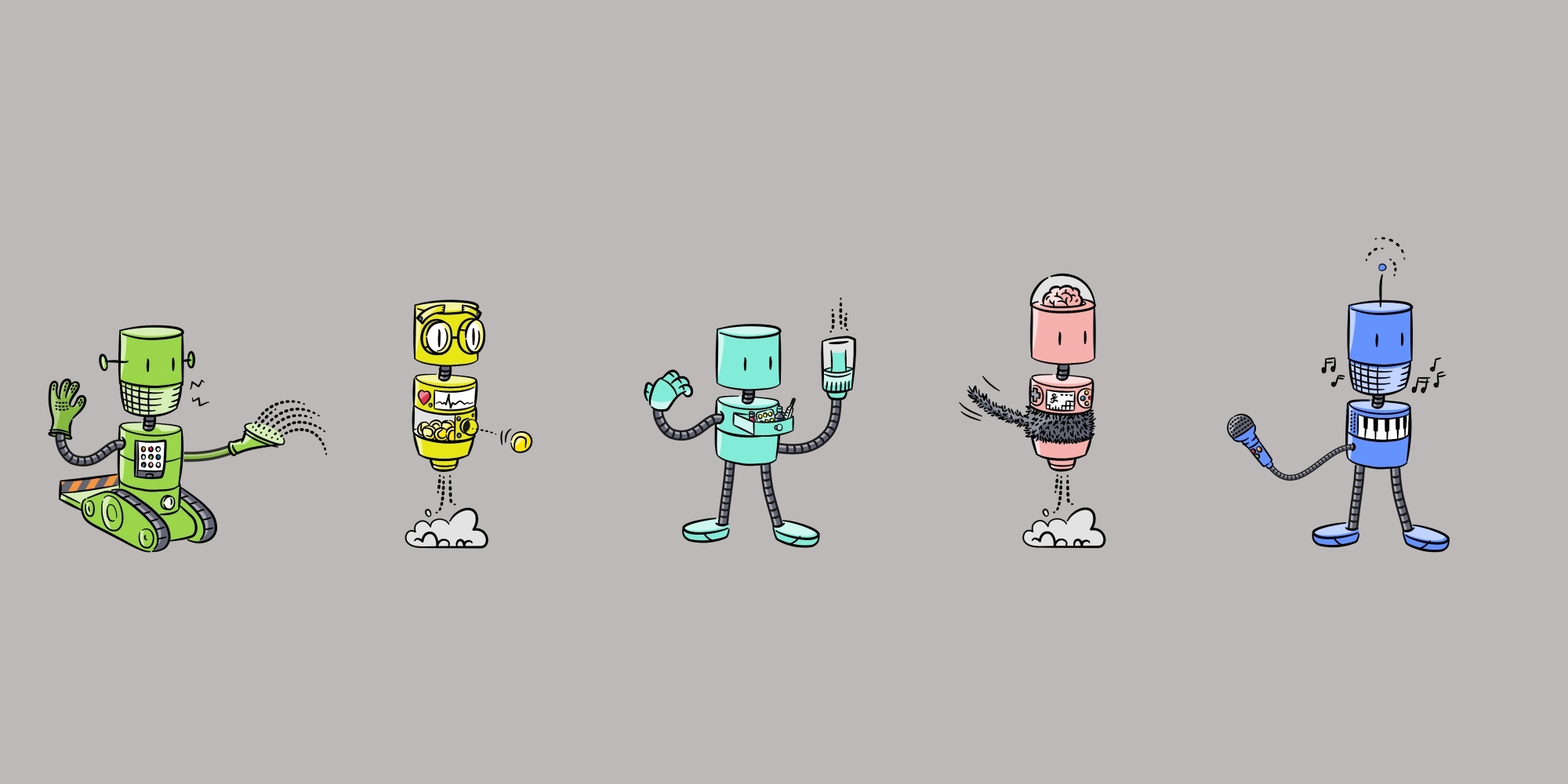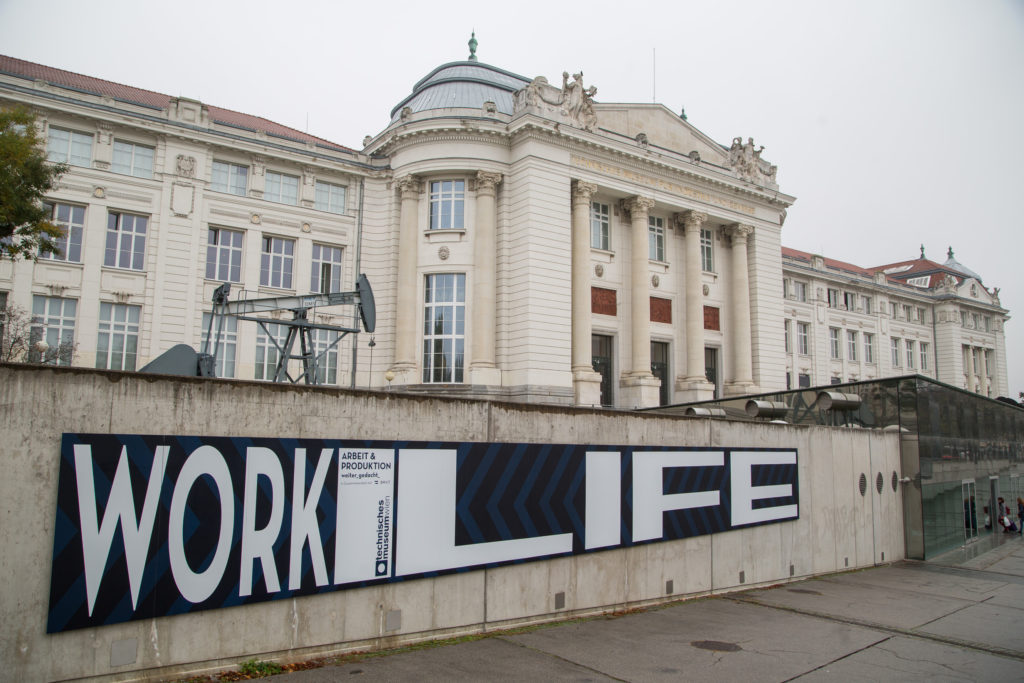In November 2018 Technisches Museum Wien opened the exhibition “Arbeit & Produktion” as part of the series “weiter_gedacht_”. The series of events put current research and development at the centre of the 2018 programme and focused on how central features of society are affected by technologically driven change.
In this context, “Arbeit & Produktion” posed questions about the cycles and patterns of a future industry. What are the consequences of digitization in production processes, an industry 4.0? How does technical development change working environments? What kind of new materials can we imagine and what are the visions for a sustainable transport and its logistics?
To impart this range of topics, Ars Electronica Futurelab developed a sequence of interactive stations which examine future-oriented visions of work and production. How will a product be manufactured in the future? Which aspects of the so-called Industry 4.0 are already in use today? What are the visions behind it? By means of an individualized product, a batch size of 1 or single copy, visitors were able to pursue these questions throughout the exhibition.
Three ordering stations opened the exhibition on the ground floor of Technisches Museum Wien. One product, in this case a virtual robot, could be individually designed and personalized with various add-on modules: Facial expression and gestures, language or writing as communication skills, special features such as carrying aids or AI, as well as orientation towards specific areas of application. A QR code on the admission tickets was then used to link the robot to the respective visitors before the production process started.
This process was illustrated by several analog graphic stations throughout the exhibition. Small comic strips visualized a wide variety of production steps: From digital test versions, to role models and working conditions to networked systems in logistics, they proceeded through various aspects of technically innovative production with the robot they ordered.
At the end of the procedure and at the end of the exhibition, the personalized robot could finally be picked up, in a sense. By rescanning the QR code on the ticket, a picture of the visitors with their robot was stored in a mirror-like interface at the touch of a button and sent to the specified e-mail address. A template of the non-personalized robot serves as a tracking marker. When visitors step in front of the screen with this marker, the robot they personalized at the beginning appears in their hands instead of the template.
Following the production process of a personalized robot was a way to make visitors to the exhibition “Arbeit & Produktion” aware of current trends and developments triggered by technological innovations. Batch size 1 provided the impetus and starting point for further considerations. The industrial production of personalized goods, which only became possible with digitization, is a current example that acted as a paradigm for demonstrating the complex processes and technical requirements of such a future-oriented industry.
Credits
Concept & Project Management: Marianne Eisl, Christopher Lindinger
Development: Marianne Eisl
With support from: Stefan Eibelwimmer (graphic design), INSEQ Design (furniture construction)



